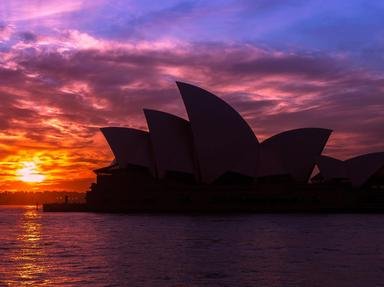Quiz Answer Key and Fun Facts
1. Data is available that shows the Noongar people occupied the south west corner of Western Australia as far back as ... how many years, approximately?
2. The first documented landing on the shores of Australia was by the Dutchman Willem Janszoon, aboard which ship (whose name translates to "Little Dove")?
3. Dirk Hartog made the first confirmed European landing in Western Australia in 1616. What nationality was he?
4. Which ship, named after the capital of the Dutch East Indies, was shipwrecked on the Abrolhos Islands off the coast of Western Australia in 1629, sparking a famous mutiny?
5. What was the, appropriate, name of the ship that William Dampier was on when, in 1688, he became one of the first Englishman to set foot on Australian soil?
6. What creatures inspired Dutch explorer, Willem De Vlamingh, to name Rottnest Island, when he landed there in 1696?
7. In 1772, which country was the first to "formally" claim sovereignty of the west coast of Australia?
8. Which harbour (town), situated over 720 kilometres southeast of Perth, was discovered and named by Antoine d'Entrecasteaux's expedition in 1891?
9. Which of the following was *NOT* one of the achievements of French naval officer Louis de Freycinet?
10. Fearing a move by the French, the British made haste to establish the first settlement in Western Australia in 1827. This was done on the site of which southern town?
Source: Author
pollucci19
This quiz was reviewed by FunTrivia editor
gtho4 before going online.
Any errors found in FunTrivia content are routinely corrected through our feedback system.
